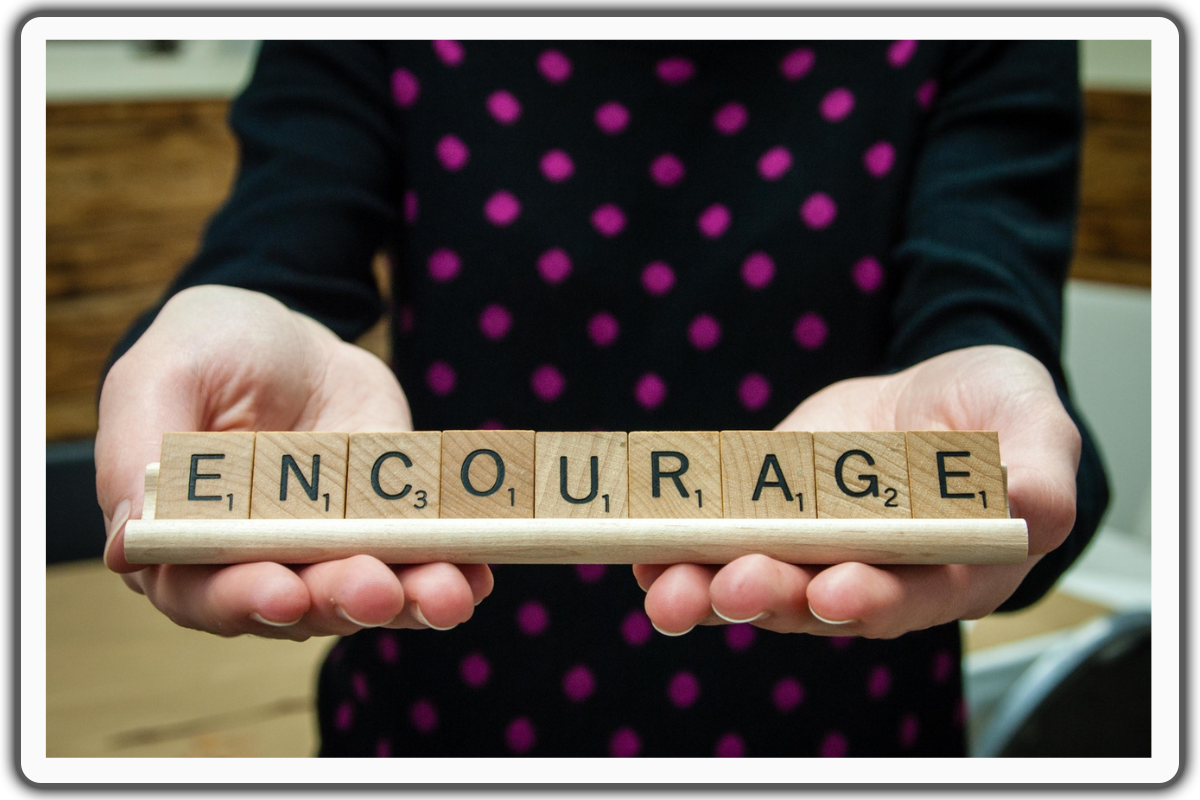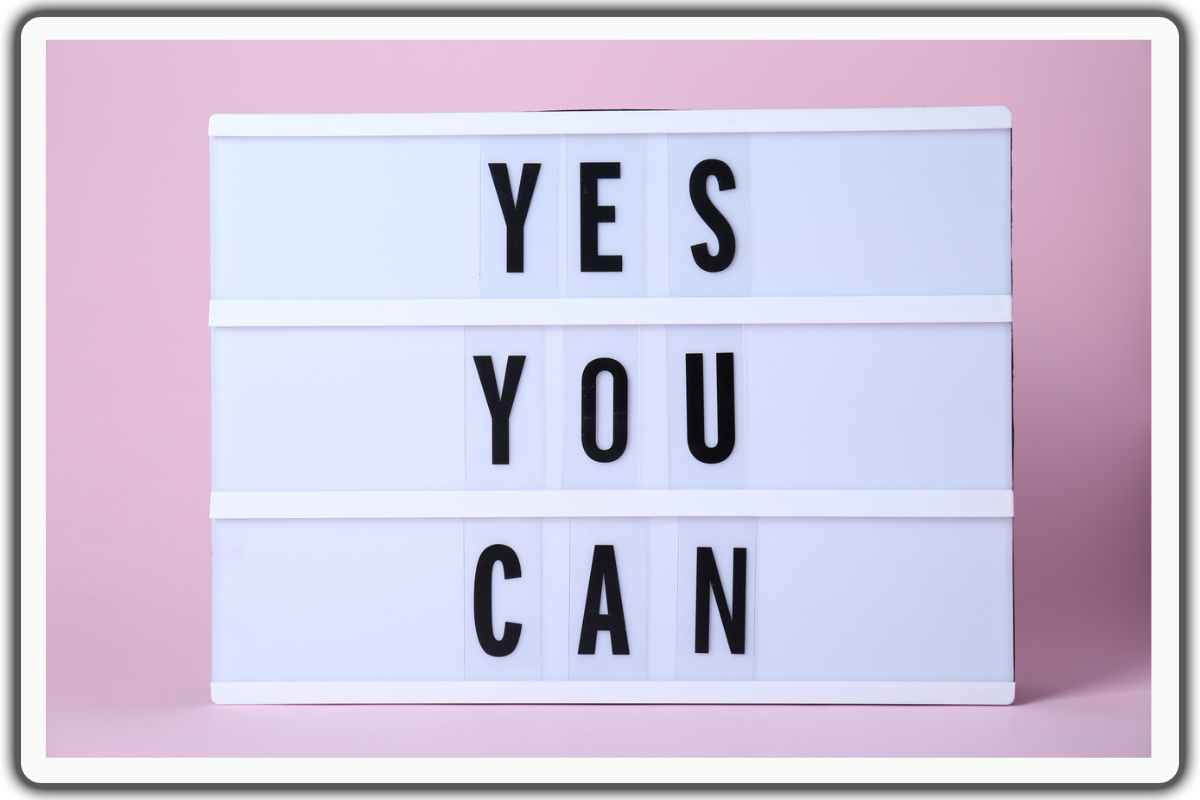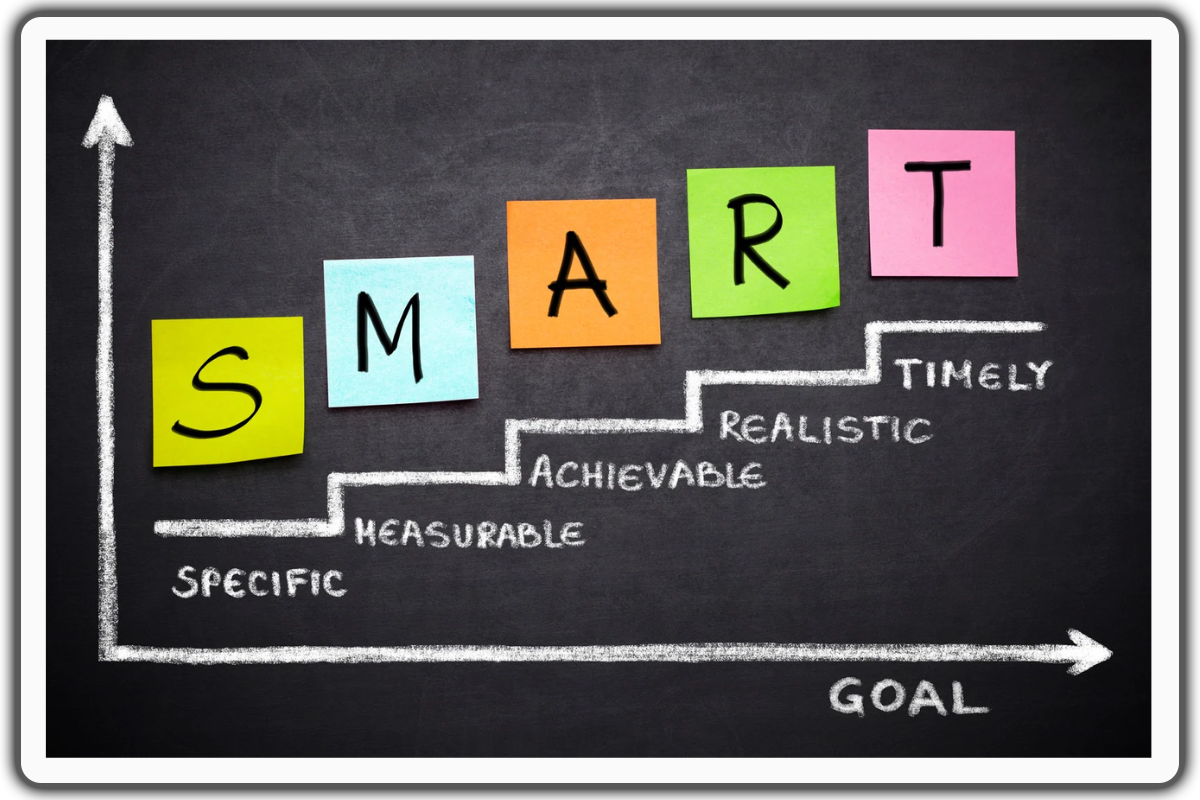
Mindset Makeover: Healing The Mind With Mental Practice
The undeniable connection between the mind and body is supported by substantial evidence highlighting the significant impact of mental and physical practice, including mental health. Maintaining a positive mental outlook, adopting healthy emotional behaviors and knowing the best mental health practices isn't just important for our well-being; it's essential.
When we cultivate a positive mindset, we're better equipped to handle life's challenges, manage stress effectively, and maintain balance. This directly influences physical health, boosting our immune system with reliable mental practices.
Additionally, positive emotional behaviors are crucial in nurturing the connection between our mental and physical states.
Practices for Holistic Well-Being and Prioritizing Mental and Physical Health
Incorporating best mental health practices that support emotional well-being, such as mindfulness meditation, regular exercise, and meaningful social connections, can reduce inflammation, improve sleep quality, and improve overall health.
Research also suggests that individuals who practice gratitude, kindness, and forgiveness tend to experience reduced levels of depression and anxiety coupled with enhanced physical outcomes.
Prioritizing mental and physical health is vital for achieving holistic well-being. By tending to our mental and emotional health, we empower ourselves to lead fitter, more fulfilling lives where our minds and bodies work harmoniously to promote overall wellness. This underscores the importance of prioritizing both aspects for a well-rounded approach to well-being.
1. Positive Affirmations

Positive affirmations are hopeful and positive statements confidently proclaimed aloud. These statements can significantly help you change your life and conquer situations you’ve previously struggled with. Tia Walker, the author of “The Inspired Caregiver,” wrote, “Affirmations are our mental vitamins, providing the supplementary positive thoughts we need to balance the barrage of negative events and thoughts we experience daily.”
My first encounter with positive affirmations was while preparing to give birth to my first child. My husband and I took a hypnosis for the childbirth class. One of the CDs I was given was full of positive statements I had to repeat aloud several times each day.
Those statements truly helped me to overcome the fears I had about giving birth naturally. I began to see my body as strong and prepared for childbirth as I repeated the positive affirmations. The affirmations were what helped me the most to calmly give birth to two children without the use of pain medication.
2. How to Use Positive Affirmations

List fears, worries, and negative thoughts about yourself. Take each one and dwell on it. Then, counter it with a positive statement. For instance, if you’re afraid of being alone, the affirmation could be, “I will find and make friends easily.”
If you have always felt self-conscious about your height, your affirmation might be, “My body is strong and well-made. I have many excellent physical qualities.” Speak your affirmations for a few minutes several times a day. When you feel negative thoughts or fears, speak out your affirmations.
Enlist a trusted friend or family member to speak some of these affirmations to you. Ask them if they have anything to add or change in the affirmation. Then, accept these words from your loved one as you would from a loving parent. If you don’t have anyone you trust to do this, stand in a mirror and speak these affirmations to yourself. Watch your reflection and receive your affirmation.
As you repeat the affirmations, if there are any parts of your body that concern the particular affirmation, place your hand on that part. These mental health practices help you to embrace and believe the statements further.
3. Visualization
Visualization is one of the best mental health practices that allows your mind to form mental imagery of your goals, enhance your motor imagery ability, and see yourself accomplish the goals. Jack Canfield, psychologist, success coach, and author of the “Chicken Soup for the Soul” book series, says, “The daily practice of visualizing your dreams as already complete can accelerate your achievement of those dreams, goals, and ambitions rapidly.”
How to Use Visualization
Canfield recommends a technique he calls “mental rehearsal.” This promises that If you make this part of your daily routine, you will be amazed at how much improvement you will see in your life. Here are the steps:
Imagine you are sitting in a movie theater. You picture yourself on the big screen doing something you want. As you watch it, you see yourself completing the actions perfectly. Pay attention to every small detail of your movements.
Canfield advises you to get out of your seat in the audience. Walk up to the big screen, enter through a door, and become yourself on the screen. Experience the entire activity again in detail from inside your body. Canfield says this practice is called an “embodied image"—a mental visualization performance that helps you feel something simply from kinesthetic imagery.
Canfield recommends exiting the screen through the door and returning to your seat while the image of yourself performing is still playing on the screen. Then, reach out with your hands and take the screen. Shrink it down to a few inches, put it in your mouth, chew it up, and swallow it.
Imagine each piece of the screen with the complete image of you performing well on it. Also, imagine each of the screens traveling throughout your body and to each cell. Visualize each cell in your body lighting up with your perfect performance.
4. Meditation

Meditation is the act of spending time in quiet reflection. It’s an excellent way to clear your mind or focus your thoughts inward. Meditation enhances your physical health in multiple ways, not just to rely on your physical skill, but to improve performance in the brain as well.
When you meditate, your parasympathetic nervous system is stimulated. The parasympathetic nervous system is the part of your nervous system that brings calmness to your body after the stress has occurred. When the parasympathetic system is stimulated, your body is free to repair and heal itself.
Practicing meditation also slows your body’s respiration and promotes deep breathing. Deep breathing strengthens your heart and improves the circulation and quality of your blood. Meditation also helps stroke rehabilitation as it helps the neural pathways in the brain regions regain lost control.
Meditation benefits the immune system by slowing the body’s cortisol production, the stress hormone. It also lowers blood pressure, relieves anxiety, and fixes retention intervals with elderly people via holistic yet effective means.
How to Meditate
Meditation is a powerful mental practice known for its myriad health benefits. Among the various meditation techniques, we'll explore one of the simplest and most basic methods anyone can start with, regardless of skill level.
Find a Quiet Spot
Look for a cozy corner, a quiet room, or any space in your home to carve out a few moments for yourself. It doesn't need to be extravagant; even a bedroom closet can serve the purpose. The key is to find a spot where you feel comfortable and perform your cognitive rehearsal. Just claim your little haven and make it your meditation zone.
Set a Timer
Grab your phone or any timer you have handy. Set it for a duration that feels right for you. If you're just starting, maybe begin with 5-10 minutes. Feel free to extend the time as you get more comfortable with meditation. The timer helps you know when to start or stop so you can focus on your practice without thinking about the time.
Focus until your breathing begins to deepen. Don’t rush yourself or force your breathing. Just allow it to become deeper and deeper. Then, focus on transitioning to deep breaths. If you lose focus and your attention has strayed from your breaths, bring your focus back gently and continue to refocus each time. Your focus will become easier each time you perform mental practice techniques.
Open your Eyes and Stretch
As your timer alerts you to the end of your meditation, open your eyes slowly. Take a moment to appreciate the stillness and peace you've cultivated. Then, indulge in a nice stretch. Reach your arms overhead, wiggle your fingers and toes, and give your body a moment to reawaken. This simple act of stretching helps you approach the rest of your day with mindfulness.
If you’d like to experiment further or find a meditation form that suits you better, look at the blog post Our Top Relaxation Tips, Tricks, and Resources. This post outlines several ways to meditate with step-by-step instructions.
5. Setting Goals

Setting goals is another best mental health practices.
Melody Beattie, the author of “The Language of Letting Go: Daily Meditations on Codependency,” wrote, “Goals give us direction. They put a powerful force into play on a universal, conscious, and subconscious level. Goals give our life direction.”
Research has shown that setting goals increases the chances of achieving what we desire. It’s also been established that goal setting or physical and mental practice are good for mental health and foster a sense of happiness. To mentally practice the mind from doing the action to achieving it.
How to Set Goals
George T. Doran first wrote the SMART mnemonic as a guide to setting goals. Doran wrote that to set successful goals, each goal should be:
Specific
When we say "be specific," we dive into the details. Imagine your goal as a roadmap – the clearer the directions, the better your chances of reaching your destination. Instead of a broad goal like "Get Fit," be more precise. For instance, aim for something like "Run 5 KM in 6 Months."
This way, there's no room for guesswork. Your goal becomes a crystal-clear target that you can visualize and work towards with precision.
Measurable
Your goal needs to be quantifiable, something you can track and evaluate. Instead of "save money," it could be "save $500 per month." Tangible metrics keep you on track and motivate you to achieve it as you can be sure when you will achieve it, be it time or the number of steps or objectives you have to clear.
Achievable
Your goal should be like a challenge you're excited to tackle, not an impossible mountain to climb. If you're not a seasoned runner, setting a goal like running a marathon next month might be a bit much. Your mentality should be focusing on the task at hand. Start with something challenging yet achievable, like a goal that stretches your limits without setting you up for frustration.
Relevant
Think of your goal as a reflection of who you are and what you truly want. It's not about what others expect; it's about aligning with your values and aspirations. If your goal doesn't resonate with you on a personal level, it might not be the right fit. Make sure it sparks a sense of purpose and relevance in your life.
Time Bound
Time is your ally, and deadlines create a sense of urgency. "Someday" often fades into the background, but a goal with a timeframe becomes a priority. Whether you set a deadline for a day, a week, or a year, it's about giving yourself a realistic timetable. This not only keeps you on track but also adds a motivational kick, pushing you to take consistent steps toward your goal.
Creating a large-scale goal of something you want to accomplish in the next decade is also helpful. Then, break it down into smaller goals that you need to hit to reach the large-scale goal.
6. Hope

Hope is a desire accompanied by the expectation of fulfillment. Hopefulness is incredibly important to mental health and wellness. David Agus, professor of medicine and engineering at the University of Southern California, said, “There’s no question that the mind-body connection is real, even if we can’t quantify it. Hope is one of the greatest weapons we have to fight disease.”
A review of 16 studies across 30 years, published in the Canadian Medical Association Journal, showed that patients who were hopeful for a good outcome after surgery did better overall than patients who didn’t expect to do well. Also, patients who hoped for the best had less pain and healed faster after surgery than the others.
How to Be More Hopeful
It isn’t easy to be hopeful when facing a stressful or difficult situation. However, there are some mental health practices you can do to get yourself out of a rut and into a more positive attitude.
1. Consider Your Accomplishments
Acknowledging your accomplishments may take time. Take a moment to appreciate yourself. Write down the stuff you've survived and conquered in your life. Big or small, they all count. Maybe you aced a tough exam, landed that job, or got through a challenging day. Reflecting on your accomplishments is like giving yourself a high-five for making it through life's twists and turns.
2. Engage With Like-Minded People
Hang out with the folks who lift you up. Stay away from the constant complainers. Surround yourself with people who share similar skills, vibe, and dreams. Whether it's a coffee date, a virtual chat, or a group hobby, connecting with like-minded souls boosts your energy and keeps the good vibes flowing.
3. Dig Into Your Faith
It’s easy to rely more on our strength in times of hardship. However, many difficulties are bigger than we are. Tap into your higher power for help and comfort during hard times. Naturopathic practitioner Loretta Lanphier says, “The cells in your body react to everything your mind says. Negativity brings down your immune system.”
Overall, your mentality can have positive or negative effects on your health. It takes actual practices in mindfulness to experience good results. Practice towards real-life problems through mental analysis enhances one's health.
“As a single footstep will not make a path on the Earth, so a single thought will not make a pathway in the mind. To make a deep physical path, we walk again and again. To make a deep mental path, we must think over and over the kind of thoughts we wish to dominate our lives.” — Henry David Thoreau.
We can greatly improve our health by taking care of our mental health through physical and mental practice combined. For your guide to the best foods to heal your body, check out The Best Foods that Rapidly Slim & Heal in 7 Days, here!
